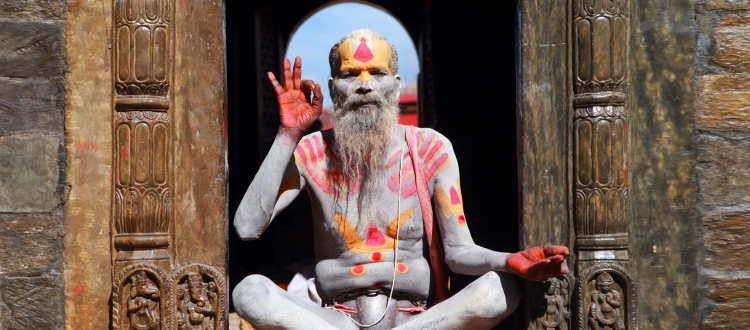Origin of Yoga and its connection with Buddhism
Nowadays, you can find yoga classes in nearly every city, and there are numerous online platforms that facilitate practicing yoga at home.
Yoga involves a combination of physical postures and breath work, which can be either static or flowing, slow or fast.
Historical origins of Yoga
It is essential to understand the core essence and purpose of yoga and its historical origins.
This history offers valuable insights into the cultural context during which the Buddha lived and .




















